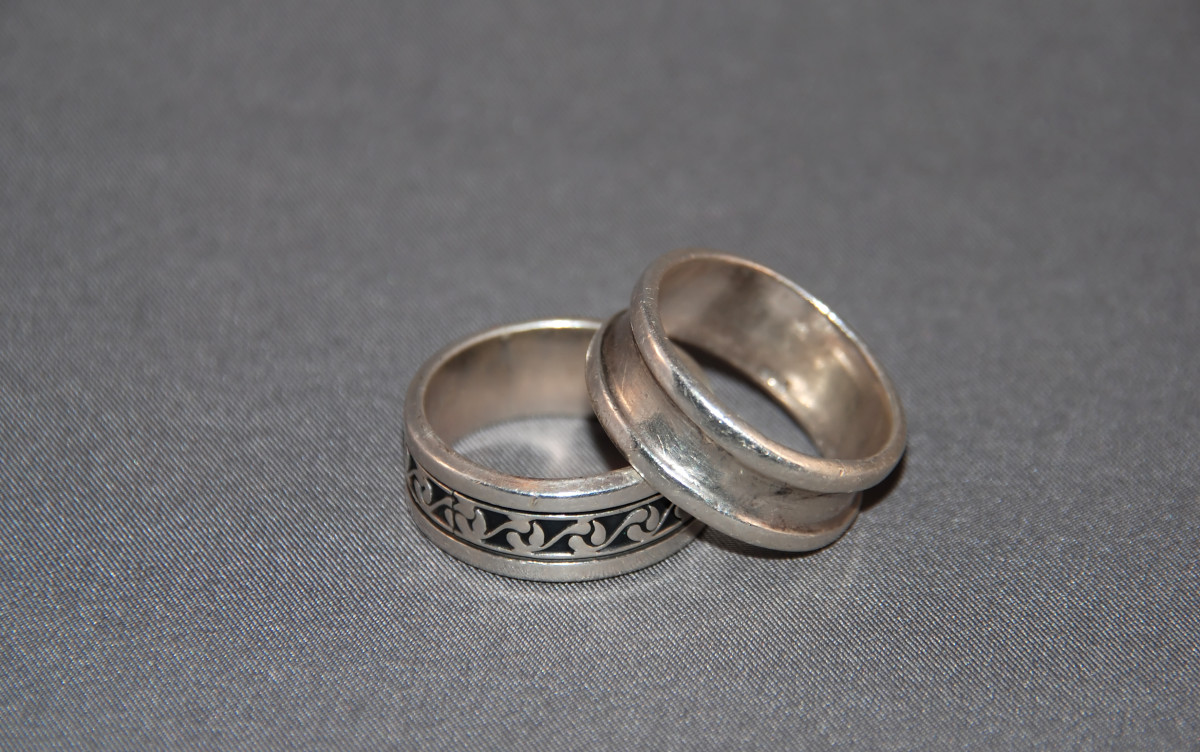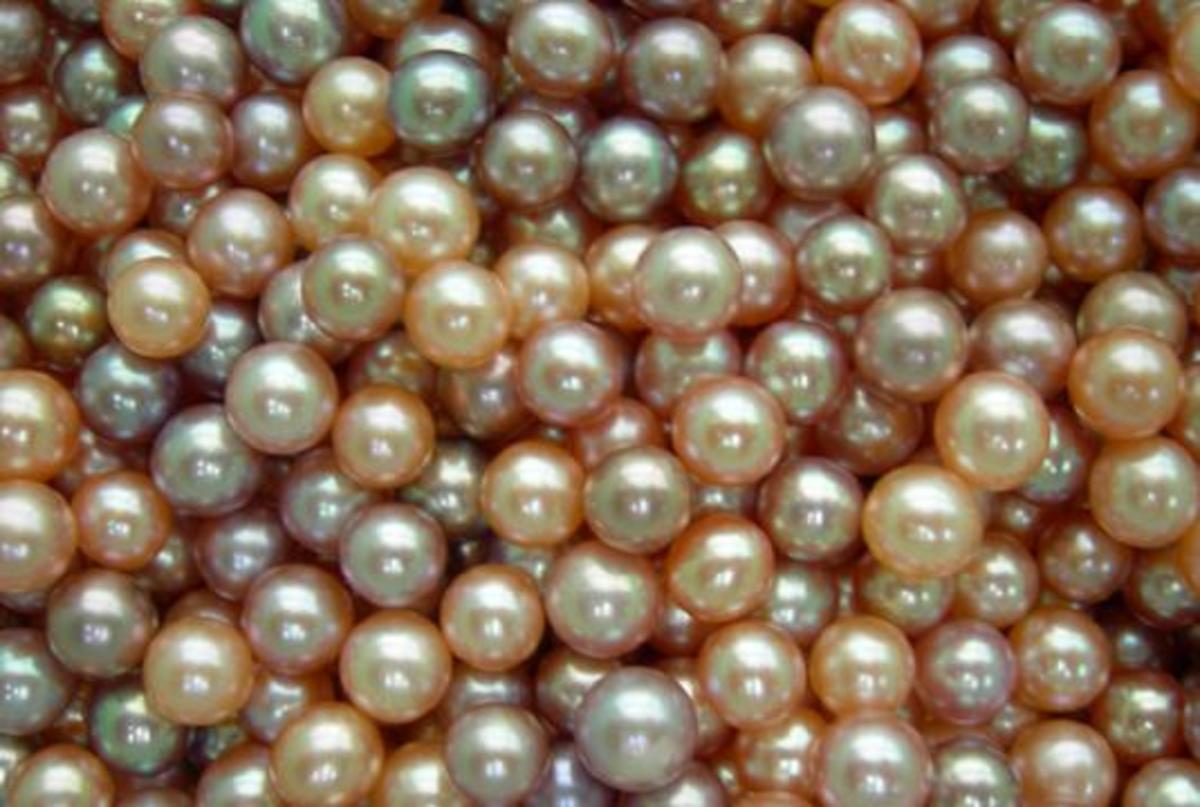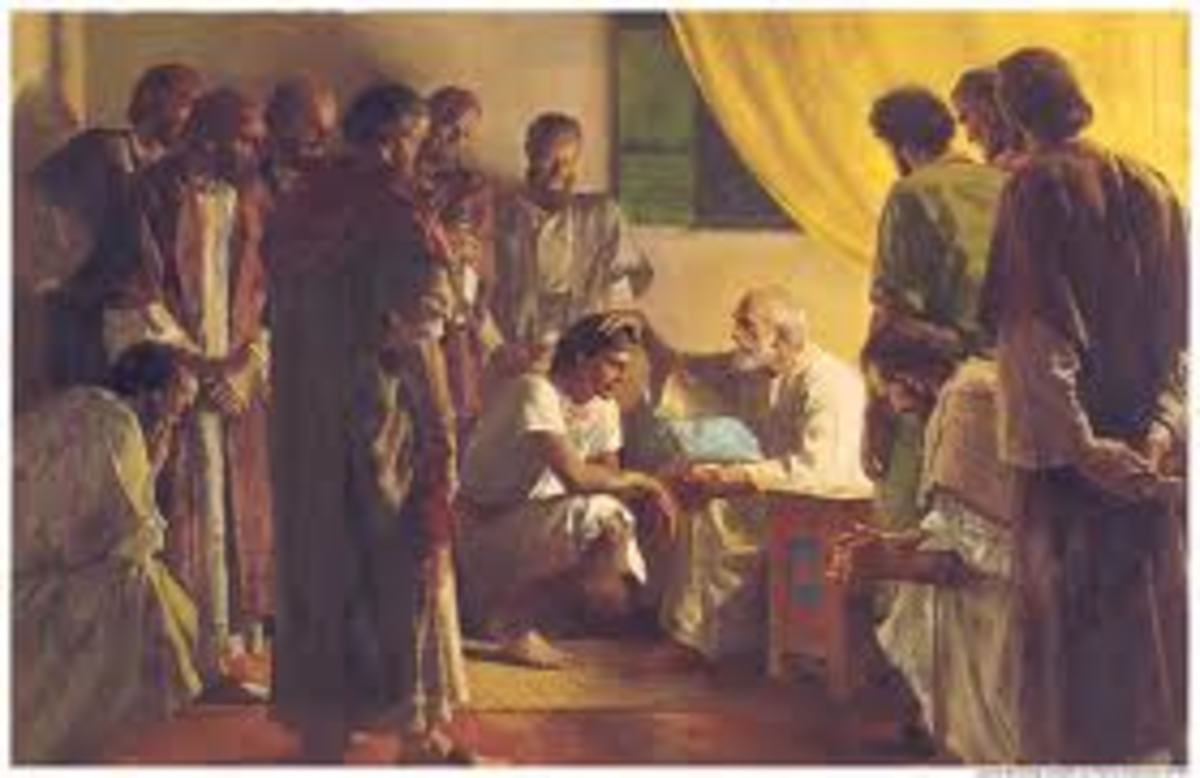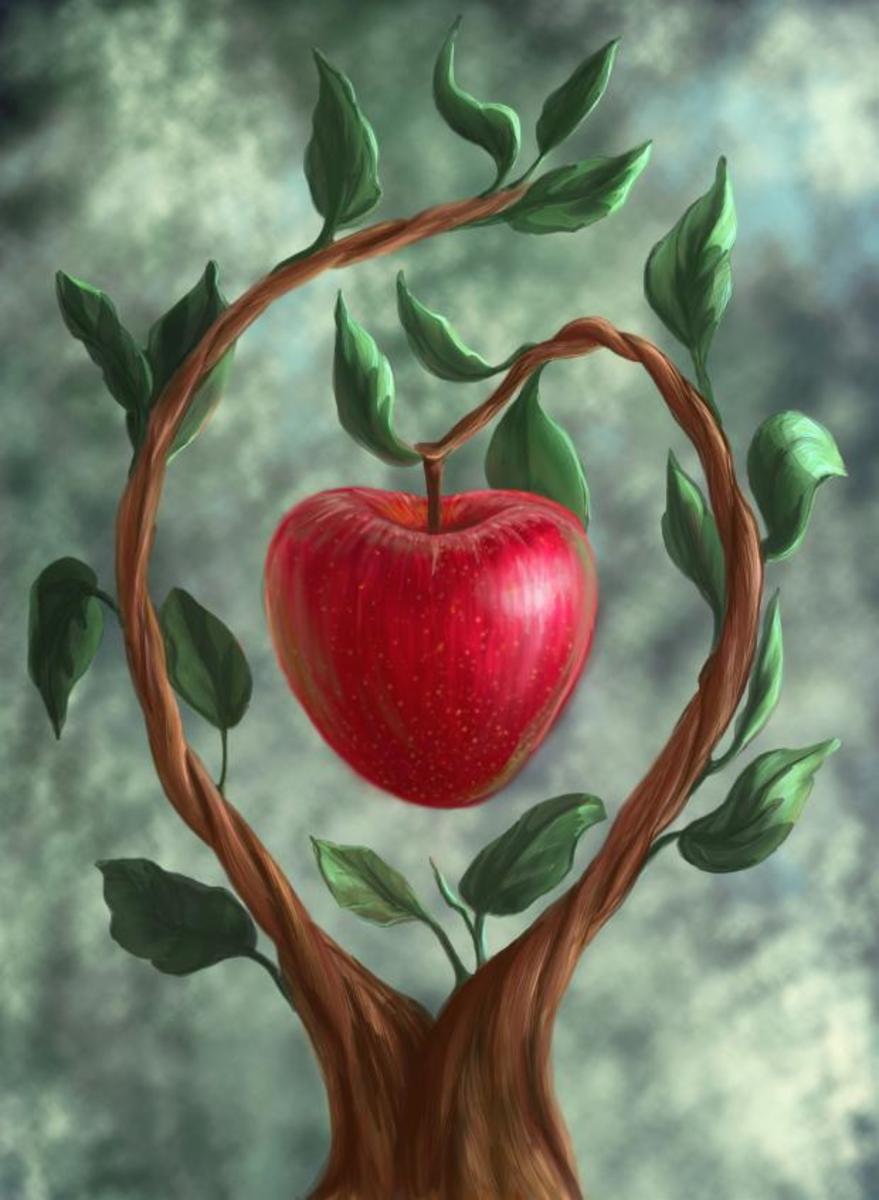Pearl - The Gates of the New Jerusalem
Pearl
The New Jerusalem, described by John as coming down from the heavens adorned as a Bride for her husband, does not just feature 12 gemstone foundations, but 12 gates made of pearl as well.
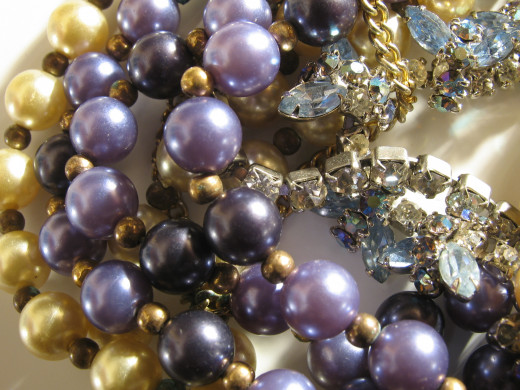
Revelation 21:12-13, 21
And had a wall great and high, and had twelve gates, and at the gates twelve angels, and names written thereon, which are the names of the twelve tribes of the children of Israel: On the east three gates; on the north three gates; on the south three gates; and on the west three gates. And the twelve gates were twelve pearls; every several gate was of one pearl: and the street of the city was pure gold, as it were transparent glass.
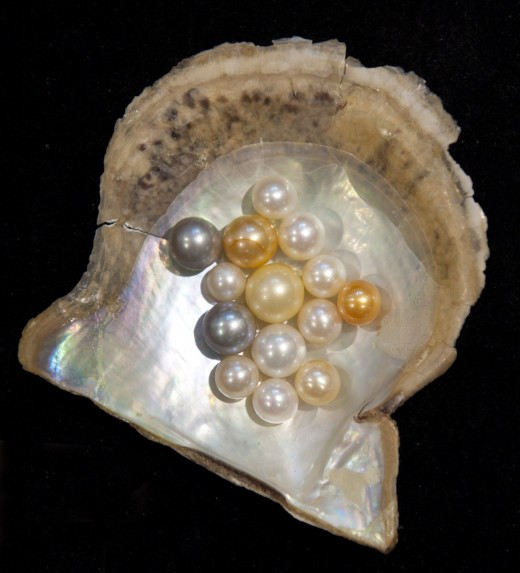
The Pearly Gates
So we see in the New Jerusalem that it wasn't the stone foundations that bore the names of the Tribes of Israel, but the gates instead. Most sources I have looked at, continue to assign a Tribe to each stone along the walls of the New Jerusalem, but the verses above do not support that. This is why in my studies, I looked at the 12 foundation stones from the perspective of the 12 stones on Aaron's Breastplate.
It is interesting that the 12 Tribes receive such prominent placement on these gates. Before we merge our Tribal studies together, let's look at the make-up and characteristics of the pearl.
Sources and Research
Fun Quiz
view quiz statisticsMake-up and Characteristics
As is commonly known by those who live in coastal waters, there are two types of pearls that fetch a decent price on the markets. There are the wild or natural pearls, which may or may not be round in shape, and the cultured pearls that are carefully monitored by humans to be sure they form correctly from the specially formulated seeded irritant placed in the clam or oyster. Before the advent of cultured pearls, divers used to harvest oysters and clams by the hundreds in order to find just a few pearls. This is why in history and in Scripture, anything of incredibly rare occurrence and value, is likened to that of a precious pearl.
A wild or cultured pearl is created when a microscopic irritant ends up, or is placed in the mantle folds of the clam or oyster. The crustacean addresses this irritant by coating it repeatedly, in the same mother-of-pearl substance that coats the interior of it's own shell. After sufficient time passes, a pearl is formed. The irridescent nature of the shimmering surface is caused by light passing through and bouncing off the repeated layers of the pearl. Fake, synthetic pearls try to imitate this, but often unsuccessfully to the trained eye. The calcium carbonate nature of the pearl renders it susceptible to dissolving in vinegars and other acetic acids.
When trying to come up with a way to describe the colours of pearl, difficulty set in. Mother-of-Pearl itself can range from pure white, to having any number of shades of almost all other colours. Although my own eyes have not seen brown or black, apparently there is the rare occasion when one will find a black pearl. The shimmering metalic-like colours that shift and move in the light are caused by light being reflected among the various layers that make up the pearl body.
How to Tell Real Pearls from Fake
As I was doing this research and compiling it into my coming book "Dressed for Eternity", I ran into a former Pearl farmer by name of Marge Dawson, from South Africa. According to Marge Dawson, author of "Pearls of Creation: A-Z of Pearls 2nd Edition", there is a very simple test that can tell you if you are buying real or fake pearls.
Take a white cloth with you and place the pearls on the cloth away from direct light to examine how the colours of the nacre show through.
Take two pearls and gently rub them against each other. Real pearls will feel slightly rough, as if rubbing two pieces of fine-grain sandpaper together. Fake pearls will slide over each other smoothly with no roughness detected at all.
The Tribes and the Pearls
It is purely conjecture then, but quite plausible, that due to the wide range of naturally-occurring colours in the wild, natural pearls, that God might assign each Tribe to the pearl that matches the colour He gave them. What would be fun, and this hub may be updated at a later date to reflect this if resources can be found, would be to map a chart of naturally occurring pearl colours, to the colours found in the 12 stones, and see where that leads us. Would these colours be placed according to camp placement around the Tabernacle? Some scholars feel this will happen, but as usual, there is lack of consensus as to how that would look due to linear rather than columner positioning. But it will be an interesting addition to this study once appropriate information is found.

What does this mean for the Bride of Christ?
This produces a very interesting analogy as we consider the various colours of the precious stones, and the various colours associated to each of the 12 Tribes. It is only speculation then, but it may very well be that each massive pearl making up each of the 12 gates of the New Jerusalem, may reflect the colour that God assigned to each tribe of Israel. It will be interesting to see just which colours God thought each tribe embodied and how the meanings of those colours match with the meanings of their names.
Just as you can tell real pearls from fake by their smoothness or roughness, Scripture says that the hearty council of a man sharpens the countenance of his friend. The easy road is smooth, paved with promises, but in the end is merely an imitation of the real thing and ultimately leads to hell. The road to heaven is narrow, rough, and paved in the shed blood of Jesus Christ our Lord, without whom we would never see heaven's shores. When life seems too easy, the Bride of Christ should ask herself if she's truly living a life set apart unto her Heavenly Bridegroom.
Each pearl has a dominant colour, with other colours playing over the surface in the shimmering context already noted. While the dominant colour is given by the clam or oyster's coating. The shimmer is caused by the reflection of light. For the Bride of Christ, this is of immense importance as we consider that we are to be reflections of Christ in our everyday lives. When people look at us, they should be able to see the Light of Christ reflected in how we talk and act, in the places we go and things we buy, in the entertainment we choose and the friends we make. Each member of the Bride of Christ has been given a dominant colour, or personality. But the colours that play across the surface of our lives should be those of the varying facets of our Lord and Maker, Jesus Christ.
© 2013 Marilynn Dawson



